Blog

Blog

Blog

Exploring Trends in Leather Upholstery Fabric at the 2025 China Import and Export Fair
The 2025 China Import and Export Fair, also known as the 138th Canton Fair, is set to showcase significant trends in the leather upholstery fabric market, a sector that has exhibited substantial growth in recent years. According to recent industry reports, the global leather upholstery market is projected to reach approximately $36 billion by 2025, driven by rising consumer demand for luxury furnishings and enhanced aesthetic value in interior design. As sustainability becomes increasingly important in the textile industry, innovations in eco-friendly leather alternatives and production processes are reshaping market dynamics. Notably, the Chinese market, being a significant player in leather production and export, is poised to influence global trends.
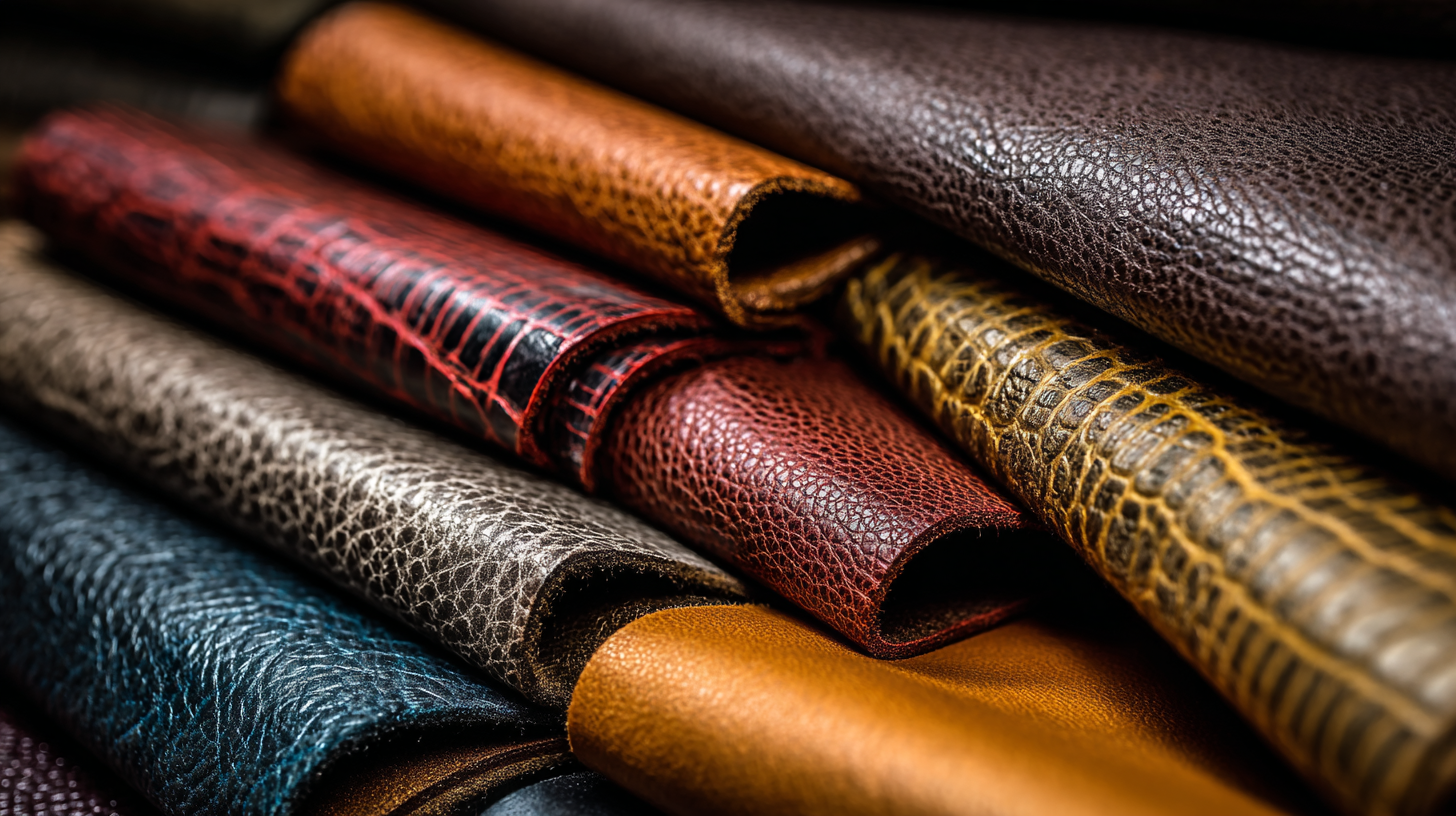
This year’s fair is expected to highlight advancements in leather upholstery fabric, showcasing the latest designs, technologies, and materials that cater to both contemporary and traditional tastes. As stakeholders gather to exchange ideas and forge partnerships, the event promises to be a critical platform for establishing the future direction of the leather upholstery fabric industry.
Trends in Leather Upholstery Fabrics: Insights from the 2025 China Import and Export Fair
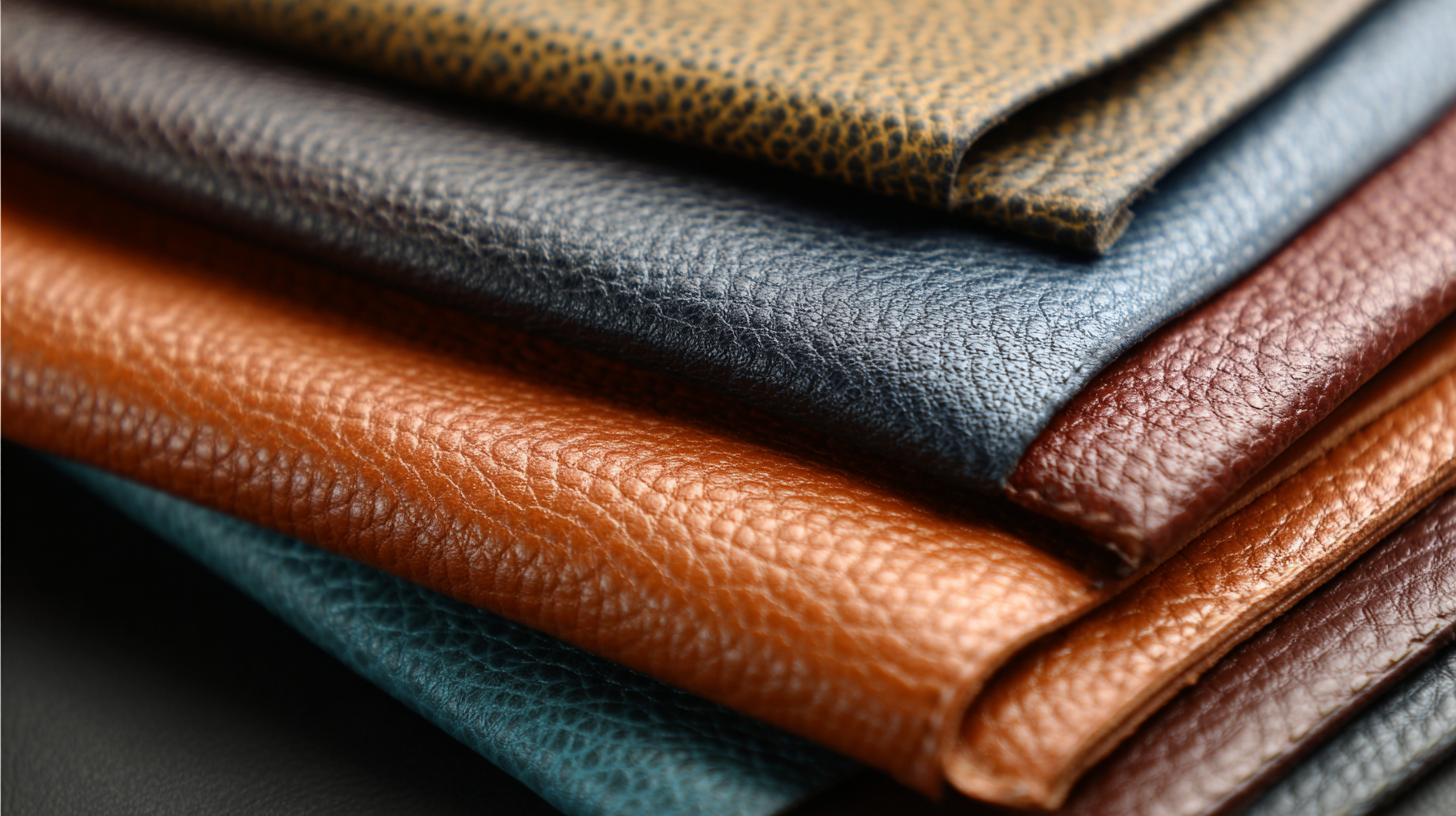 The 2025 China Import and Export Fair showcases a dynamic range of trends in leather upholstery fabrics, highlighting the evolving preferences among consumers and manufacturers alike. This year's fair featured innovative materials that balance luxury and sustainability, emphasizing eco-friendly production methods. Exhibitors presented a variety of leather alternatives made from recycled materials and plant-based sources, catering to a growing demand for environmentally conscious products. These advancements not only enhance the aesthetic appeal of leather upholstery but also align with global sustainability initiatives.
The 2025 China Import and Export Fair showcases a dynamic range of trends in leather upholstery fabrics, highlighting the evolving preferences among consumers and manufacturers alike. This year's fair featured innovative materials that balance luxury and sustainability, emphasizing eco-friendly production methods. Exhibitors presented a variety of leather alternatives made from recycled materials and plant-based sources, catering to a growing demand for environmentally conscious products. These advancements not only enhance the aesthetic appeal of leather upholstery but also align with global sustainability initiatives.
Additionally, the fair revealed shifting color palettes and textures that reflect contemporary design desires. Rich earthy tones and bold, vibrant colors dominated the displays, offering versatility for various interior styles. Textures varied from smooth, polished finishes to more rugged, distressed looks, appealing to a wide array of tastes. Attendees noted a significant rise in interest towards customizable leather options, allowing consumers to express their individuality in their living spaces. Overall, the insights gleaned from the fair highlight a promising future for leather upholstery fabrics, driven by innovation and a commitment to sustainable practices.
The Role of Sustainability in Leather Upholstery Choices at the 138th Canton Fair
As sustainability continues to gain traction in various industries, the leather upholstery sector is not left behind. At the upcoming 138th Canton Fair, discussions surrounding eco-friendly leather options are expected to dominate. Consumers are increasingly seeking upholstery materials that not only boast aesthetic appeal but also align with their values of environmental responsibility. Factors such as the sourcing of raw materials, production processes, and end-of-life disposal are critical considerations for both manufacturers and buyers looking to make informed choices.
Tips for Sustainable Leather Upholstery Choices:
1. Look for Certifications: Choose products that are certified by recognized organizations, which ensure that the leather is sourced and processed sustainably.
2. Consider Alternative Leathers: Explore options such as vegetable-tanned leather or recycled leather, which minimize environmental impact.
3. Prioritize Durability: Opt for high-quality leather that lasts longer, thus reducing the need for replacements and contributing to a more sustainable consumption pattern.
Engaging with these trends not only enhances the aesthetic of interior spaces but also promotes a more sustainable industry. The Canton Fair will be an excellent platform for industry stakeholders to exchange ideas and innovate solutions that meet the dual demands of style and sustainability.
Innovative Designs in Leather Upholstery: A Showcase from the 2025 Fair
At the 2025 China Import and Export Fair, innovative designs in leather upholstery have taken center stage, reflecting the industry's commitment to both aesthetics and functionality. According to a recent report by Allied Market Research, the global leather upholstery market is projected to reach $60 billion by 2027, driven by rising demand in automotive and furniture sectors. This year’s fair showcased cutting-edge designs that incorporate sustainable materials and eco-friendly production methods, aligning with the growing consumer preference for environmentally responsible products.
One standout trend is the integration of smart technology into leather upholstery. Manufacturers are increasingly incorporating features such as temperature control and embedded sensors, which enhance user experience and comfort. A study by Technavio predicts a CAGR of 5% for smart home furnishings over the next five years, highlighting the potential of innovative leather designs to tap into this growing market. The emphasis on multifunctionality demonstrates how today's designers are not only creating visually stunning pieces but also addressing the evolving needs of modern consumers, making the 2025 fair a pivotal moment for industry advancements.
Market Demand and Consumer Preferences for Leather Upholstery Fabrics
As the 2025 China Import and Export Fair approaches, the demand for leather upholstery fabrics continues to evolve, reflecting shifting consumer preferences and market trends. Recent surveys indicate that modern consumers prioritize sustainability and ethical sourcing in their purchasing decisions. This has led to a growing interest in eco-friendly leather alternatives, as well as ethically sourced genuine leather, that cater to a more environmentally conscious audience.
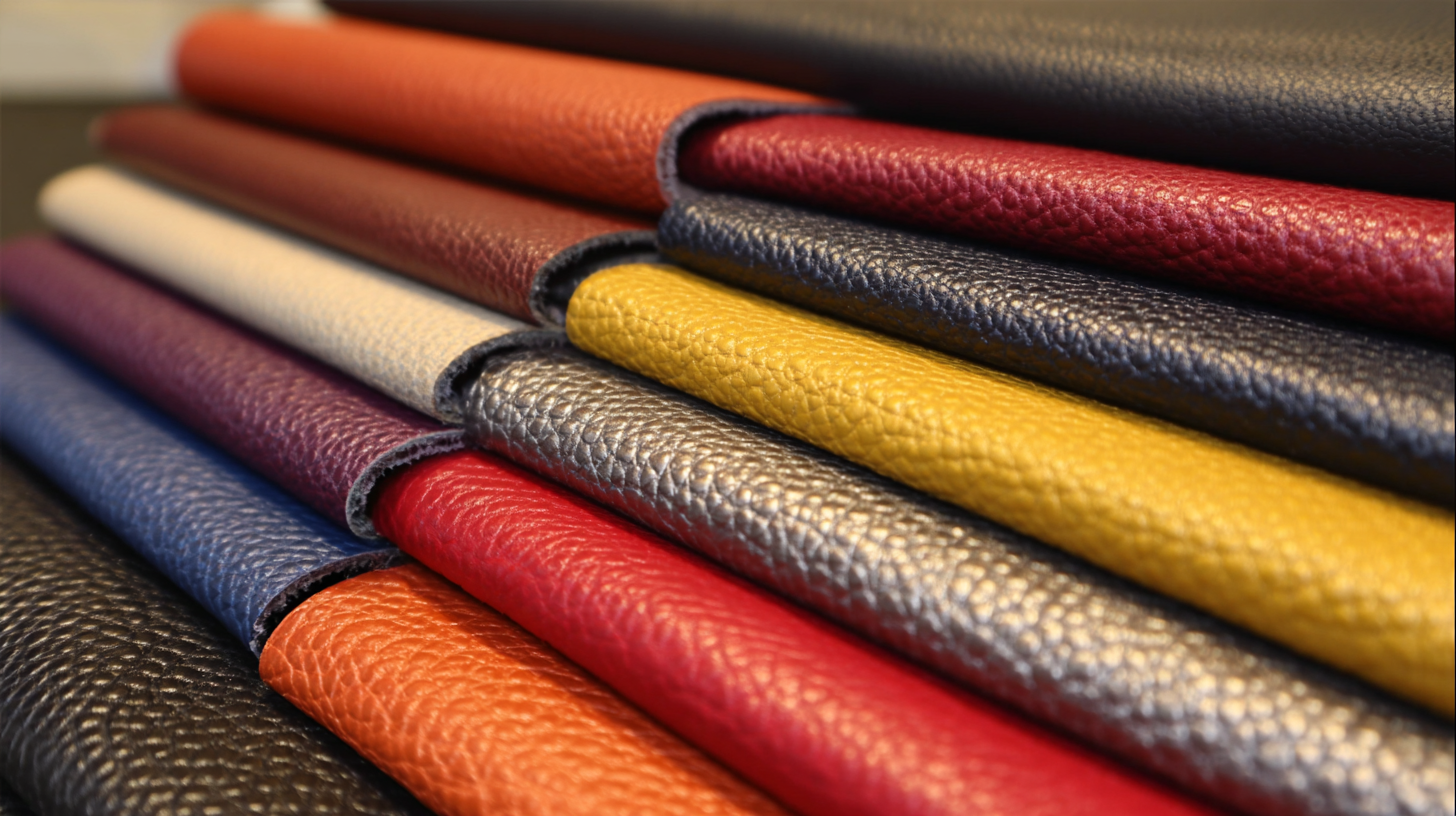
Additionally, the aesthetic appeal of leather upholstery remains a crucial factor influencing consumer choices. Trends show that buyers are gravitating towards a variety of textures, colors, and finishes that enhance the interior design of their living spaces. Customization options are increasingly important, allowing consumers to personalize their upholstery choices to align with their individual tastes.
The prevalence of online shopping also plays a role, with consumers seeking platforms that provide extensive visual presentations and customer reviews to inform their selections. As these preferences shape the leather upholstery market, manufacturers and retailers will need to adapt to meet the dynamic needs of consumers at the fair and beyond.
Emerging Technologies Affecting Leather Upholstery Fabric Production and Usage
The leather upholstery fabric industry is witnessing a transformative shift, driven by emerging technologies that are reshaping production processes and usage patterns. According to a recent report by Allied Market Research, the global leather upholstery market is expected to reach $54.1 billion by 2025, growing at a CAGR of 4.5%. This growth is significantly influenced by the adoption of innovative techniques such as 3D knitting and eco-friendly tanning processes. These advancements not only enhance the aesthetic appeal of leather but also improve sustainability, addressing the increasing consumer demand for environmentally responsible products.
Additionally, digital technologies like Artificial Intelligence (AI) and the Internet of Things (IoT) are streamlining production workflows in the leather upholstery sector. AI-driven analytics provide valuable insights into consumer preferences, allowing manufacturers to design fabrics that cater to specific market needs. Meanwhile, IoT applications facilitate real-time monitoring of production, optimizing resource usage and minimizing waste. As these technologies continue to evolve, they promise to redefine the standards of quality and efficiency in leather upholstery fabric production, ensuring that manufacturers remain competitive in the rapidly changing market landscape.
Exploring Trends in Leather Upholstery Fabric at the 2025 China Import and Export Fair
| Year | Emerging Technology | Impact on Production | Usage Trends | Sustainability Aspect |
|---|---|---|---|---|
| 2023 | 3D Printing | Reduced waste in manufacturing | Customization demand increases | Increased recycling of materials |
| 2024 | Artificial Intelligence | Enhanced quality control | Smart textiles gaining popularity | Focus on eco-friendly processes |
| 2025 | Digital Fabrications | Streamlined production lines | Luxury and functionality merge | Sustainable sourced materials |
Related Posts
-

Innovative Solutions for Leather Upholstery Maintenance and Longevity in Modern Interiors
-
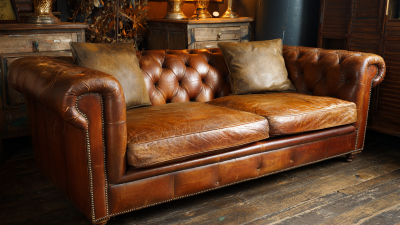
How to Choose the Right Leather Upholstery for Your Home
-
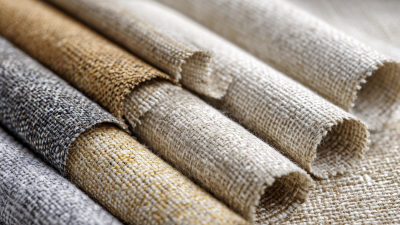
How to Choose the Right Outdoor Upholstery Fabric Based on Durability and UV Resistance
-

Innovative Solutions for Enhancing Durability and Comfort in Furniture Fabric Selection
-
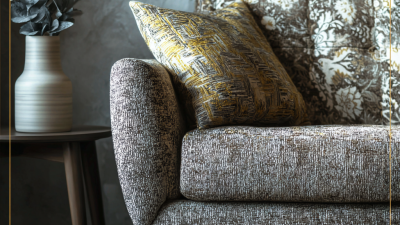
What is the Role of Designer Upholstery Fabric in Enhancing Home Aesthetics and Durability
-

Ultimate Guide to Choosing the Right Furniture Upholstery for Your Home
